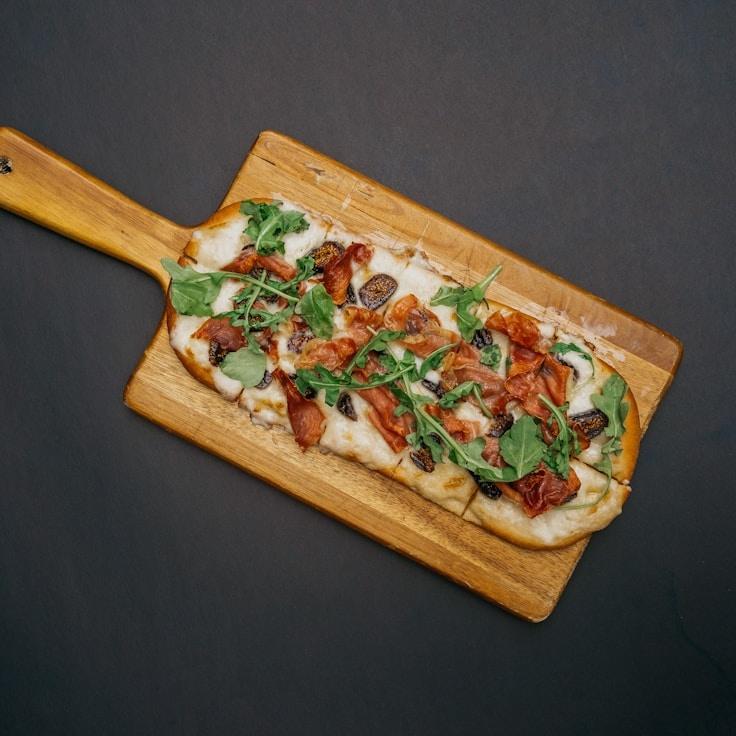LevelExchange is committed to the belief that outstanding pizza originates from outstanding dough. With over 30 years of refining our recipe, we're delighted to offer some insight into the making of an extraordinary dough. We hold our precise recipe close to our hearts (some things must remain a mystery!), but we can guide you towards creating a pizza dough that rivals those of restaurants in your own kitchen.
The Flour Matters
The key to excellent pizza dough is the use of premium flour. 00 flour is our top choice, a finely milled Italian flour with about 12% protein content, striking a balance between strength and softness. If 00 flour is unavailable, bread flour can work as a substitute while yielding a slightly altered texture.
Water Temperature and Hydration
Fermentation time and dough consistency can be influenced by the temperature of your water. Utilize cold water, approximately 45°F (7°C), for a protracted fermentation that enhances flavor. Opt for tepid water, around 85°F (29°C), for faster fermentation. Your dough's hydration, the water-to-flour ratio, should ideally be within 60-70% to suit most household ovens.
Minimal Yeast, Maximum Time
A critical element for tasty dough is low yeast levels over extended fermentation periods. We utilize a mere 0.2% of fresh yeast relative to flour weight, allowing our doughs to slowly ferment for 24-48 hours. This pace allows for the development of complex flavors and results in a more digestible dough.
Salt: Not Just for Flavor
Salt is not only for enhancing your dough's taste—it's crucial for reinforcing the gluten network and moderating fermentation. We suggest a fine sea salt usage of 2.5-3% relative to your flour weight, adding it once your flour and water begin to integrate to avoid direct contact with the yeast.
The Art of Fermentation
Post mixing, let your dough carry out the initial bulk fermentation at ambient temperature for a couple of hours, followed by division into individual portions. These portions should be placed in lidded containers and refrigerated for 24-72 hours. The transformative cold fermentation process allows the enzymes to convert starches into sugars, attributing to flavor development and the crust's desired browning effect.
Handling with Care
When it's time to bake, remove the dough from the refrigerator 1-2 hours ahead to bring it to room temperature. Handling the dough delicately is imperative to maintain the air pockets integral for the texture. Rather than rolling the dough, lightly press and stretch it with your fingertips.
The Final Touch: Heat
Our wood-fired ovens may reach a scorching 850°F (454°C), but typical household ovens tend to max out near 550°F (288°C). Use a preheated pizza stone or steel for around an hour to impersonate the intense bottom heat needed for that ideal crispy exterior and a fluffy core.
The process of mastering pizza dough is ongoing. Every batch provides new insights into the art. Document your findings, tweak variables, and find the methods that yield the best results for your distinct home kitchen setup.
For an up-close look at our dough-making technique, consider attending one of our monthly pizza workshops where Chef Julian will demonstrate these skills thoroughly. For more information, review our events calendar for future workshop dates!

